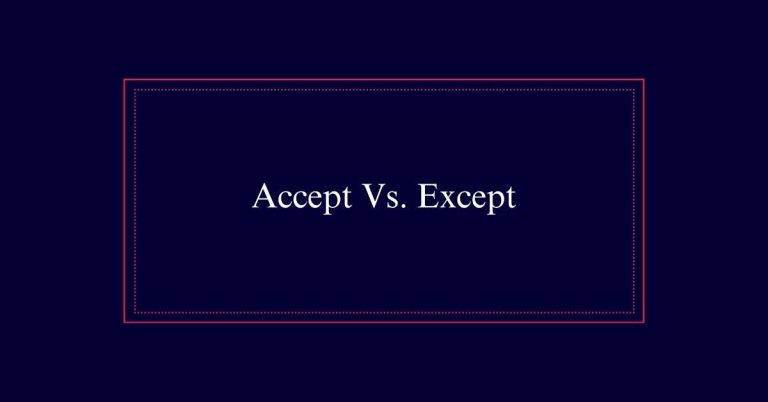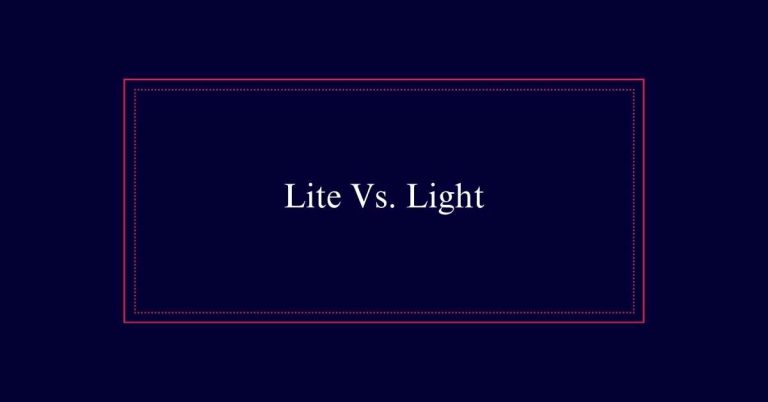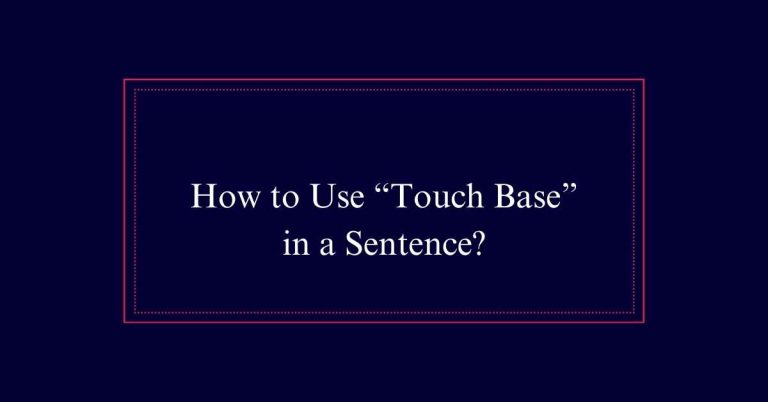Slippery Slope Fallacy
The slippery slope fallacy is an argument that predicts an inevitable series of events leading to extreme outcomes without proper evidence. It suggests that a small initial action will lead to significant negative consequences.
Commonly known as the domino or dam burst effect, this fallacy relies on fear and speculation rather than logic. Often, it exaggerates potential outcomes, lacking concrete proof. For example, claiming that allowing one exception will destructively alter a system demonstrates this fallacy.
What Is a Slippery Slope Fallacy
A slippery slope fallacy occurs when it is argued that one event will inevitably lead to another, often without sufficient evidence. This fallacy suggests a chain reaction, where a minor action causes a significant and often negative outcome. The key issue is the lack of solid proof connecting the initial event to the final consequence.
For example, one might argue that allowing students to use calculators will eventually make them entirely dependent on technology, unable to perform basic math. This reasoning exaggerates and oversimplifies the potential outcomes.
The slippery slope fallacy is an informal fallacy, meaning it arises from the content of the argument rather than its logical structure.
Alternate Names for the Fallacy
Often referred to by different names, the slippery slope fallacy is also known as the dam burst, domino, or thin end of a wedge.
Each of these terms highlights the notion that a small initial event can lead to a chain of significant and often negative consequences. The ‘domino effect’ suggests a sequence of events toppling one after another, while ‘dam burst’ implies a minor breach leading to a catastrophic flood.
The ‘thin end of a wedge’ metaphor illustrates how a small, seemingly innocuous action can create an opening for much larger changes.

Identifying Exaggerated Claims
Spotting exaggerated claims is essential for identifying and addressing slippery slope fallacies. Exaggerated claims often predict extreme outcomes from minor initial actions. These claims typically lack evidence and rely on fear or speculation.
For example, asserting that legalizing a minor drug will inevitably lead to widespread addiction is an exaggerated claim. To identify these, look for statements that jump from a small event to a dramatic consequence without clear, logical steps. Scrutinize the evidence provided and question the likelihood of such extreme outcomes.
Causal Slippery Slope Explained
Identifying exaggerated claims helps lay the groundwork for understanding the causal slippery slope, where a minor event is believed to inevitably lead to a significant, often catastrophic, outcome. This fallacy occurs when an argument suggests that a small initial step will trigger a chain of related events culminating in a dramatic effect.
For example, someone might argue that allowing students to use calculators in exams will ultimately result in a decline in basic arithmetic skills, leading to broader educational failure. The flaw in this reasoning lies in the assumption that each subsequent step is unavoidable.
Precedential Slippery Slope Breakdown
The precedential slippery slope fallacy occurs when it is argued that treating one case in a particular way necessitates treating similar cases in the same manner. This type of fallacy relies on the assumption that a decision sets a binding precedent for future decisions.
For instance, if a court rules in favor of allowing a minor exception to a law, it is fallaciously argued that this will lead to widespread exceptions. The flaw lies in assuming that decision-makers cannot distinguish between different circumstances. Each case should be assessed on its own merits.
Conceptual Slippery Slope Insights
While precedential slippery slope arguments hinge on the fear of setting binding precedents, conceptual slippery slope fallacies revolve around the assumption that no significant differences exist between related scenarios. This type of fallacy dismisses nuances, asserting that a small change will inevitably lead to an extreme outcome.
To understand this better, consider the following:
| Scenario A | Scenario B | Assumed Outcome |
|---|---|---|
| Minor policy change | Slightly larger policy change | Catastrophic policy shift |
| Allowing one exception | Allowing multiple exceptions | Breaking the rule entirely |
| Easing one regulation | Easing more regulations | Complete deregulation |
Differentiating Logical and Fallacious Arguments
Distinguishing between logical arguments and fallacious reasoning is essential for sound decision-making and effective communication. A logical argument is based on clear, well-supported premises that lead to a reasonable conclusion. It considers evidence and evaluates the likelihood of outcomes.
In contrast, a fallacious argument, such as a slippery slope fallacy, relies on speculative or exaggerated claims without solid evidence. It assumes that one event will inevitably lead to a series of negative outcomes. To differentiate, scrutinize the argument’s premises and the connections between them. Ask whether the outcomes are probable or merely possible.
Importance of Evidence and Research
Evidence and research are essential for validating claims and ensuring arguments are based on facts rather than speculation. Rigorous evidence helps distinguish well-founded arguments from those based on flawed reasoning. Research provides a solid foundation for understanding the true likelihood of outcomes, countering the exaggerated predictions typical of slippery slope fallacies.
To effectively validate claims:
- Gather empirical data: Use statistics and studies to support assertions.
- Consult expert opinions: Leverage insights from authorities in relevant fields.
- Review existing literature: Analyze previous research to understand established knowledge.
Common Examples in Everyday Life
Everyday life is filled with slippery slope fallacies that often go unnoticed. For instance, a parent might argue that if a child does not do well in school, they will never get a good job and end up homeless. This reasoning jumps to extreme conclusions without considering other factors.
Another example is the fear that allowing a small exception to a rule will lead to total chaos, such as believing that permitting one late submission in class will result in all deadlines being ignored. These examples exaggerate the consequences of a single action, demonstrating how slippery slope fallacies can distort our understanding of cause and effect in everyday situations.
Strategies to Avoid Slippery Slope Fallacies
To avoid slippery slope fallacies, start by critically evaluating the assumptions underlying your arguments. First, validate each step in your argument is backed by evidence. Unsupported assumptions can lead to flawed conclusions.
Second, differentiate between causation and correlation. Just because two events occur together does not mean one causes the other.
Third, avoid exaggeration by clearly defining the scope of each claim.
Here are three strategies to help:
- Fact-check assertions: Verify each step with credible sources.
- Clarify causation: Distinguish between direct and indirect effects.
- Avoid hyperbole: Be precise and avoid overstating potential outcomes.






